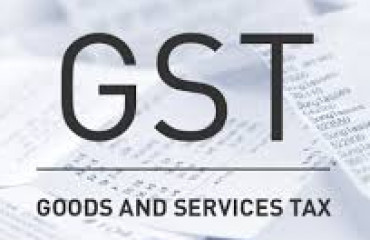
It is the fourth time e-way bill generation has crossed the 100-million mark. The country saw 103.1 million e-way bills in May and a record 103.5 million e-way bills in March. Last year, it surged past 100 million in October
Over 100 million e-way bills or electronic permits were raised for shipment of goods within and across states in June, indicating strong manufacturing activity in the last month of the first quarter of 2024-25.
It is the fourth time that e-way bill generation has crossed the 100-million mark. The country saw 103.1 million e-way bills in May and a record 103.5 million e-way bills in March. Last year, it surged past 100 million in October, according to data from the Goods and Services Tax Network, or GSTN, the company that processes GST return forms.
In June 2023, the number stood at 86 million.
Also Read: Uttar Pradesh tops Tamil Nadu in GST collection: Myth and reality
Taxes for transactions in June will be paid to the exchequer in July, which will likely translate into high goods and services tax (GST) collections this month too. GST collections have remained above ₹1.7 trillion for the last four months, with the Centre and states collecting ₹1.74 trillion in GST revenue in June. The government collected ₹1.65 trillion in GST in July 2023.
High-frequency indicators
The sustained high e-way bill generation also follows purchase managers' assessment of buoyant demand conditions and Indian Railways' improved freight activity in June.
S&P Global said on 1 July that the HSBC India manufacturing purchasing managers' index (PMI) rose from 57.5 in May to 58.3 in June, signalling healthy demand and order flow. A reading above 50 suggests improvement over the previous month. The assessment is based on feedback from 400 manufacturing companies in the country.
Also Read: Seven years of GST: Its adoption has been a remarkable success
Indian Railways reported on 2 July that its originating freight loading in June saw a yearly improvement of about 10% to 135.46 million tonnes. The national carrier's freight revenue also surged by more than 11% annually.
However, auto sales remained sluggish due to heatwave conditions and a delay in monsoon. Retail auto sales grew 0.73% year-on-year to 1.88 million units in June, showed data from the Federation of Automobile Dealers' Association.
To be sure, June is traditionally one of the weakest months for the country's auto sector.
Economic growth
Experts said growth in e-way bill generation could potentially mean consistent growth in economic activities. "While economic growth and related growth in GST collections would depend on other factors like value of taxable supplies, growth of services, etc. significantly, a sustained growth in e-way bill generation does indicate continued economic activity with industry focus on ensuring compliance-related prescriptions under the GST law," said Abhishek Jain, indirect tax head and partner at consulting giant KPMG.
Also Read: Seven years on, GST still sparks Centre-state friction
The Reserve Bank of India expects the economy to grow at 7.2% in the current fiscal year, supported by the government's thrust on capital expenditure, improvement in rural and urban consumption and business optimism aiding investment activity.
